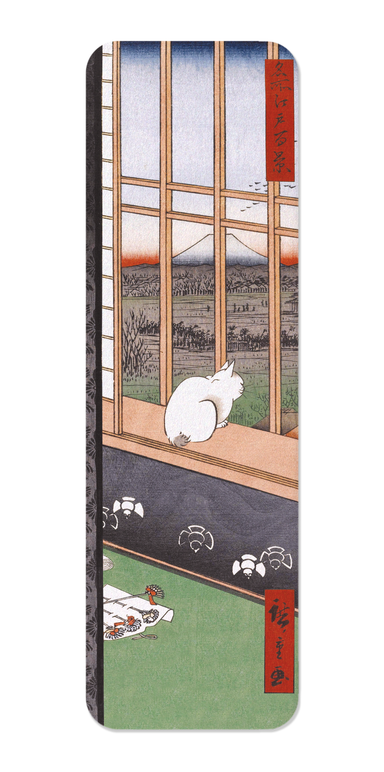Bookmark

CATS (C.1830) BLACK: Japanese Bookmark
Login to view pricing
Text on the reverse side: During the sixth century, Buddhist monks travelled from China to Japan accompanied by domesticated cats to guard over th...
View full details



































